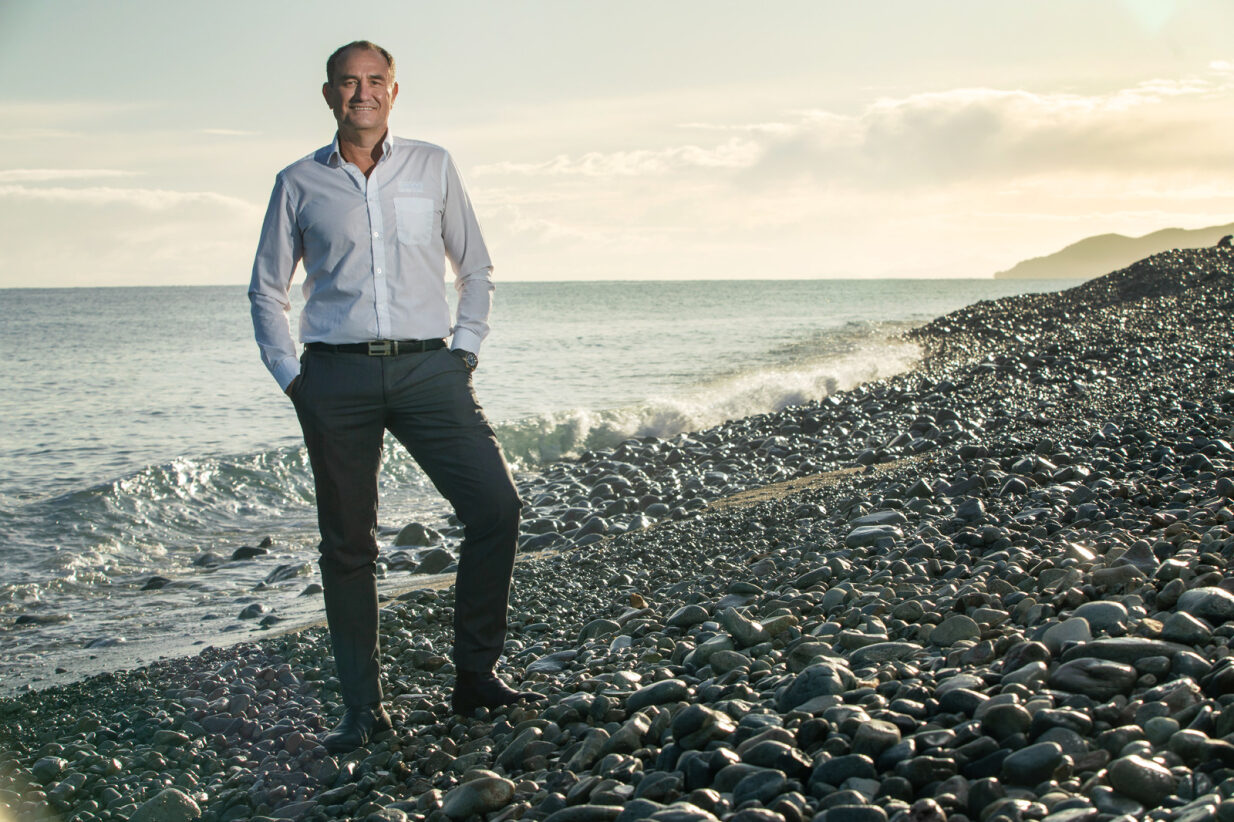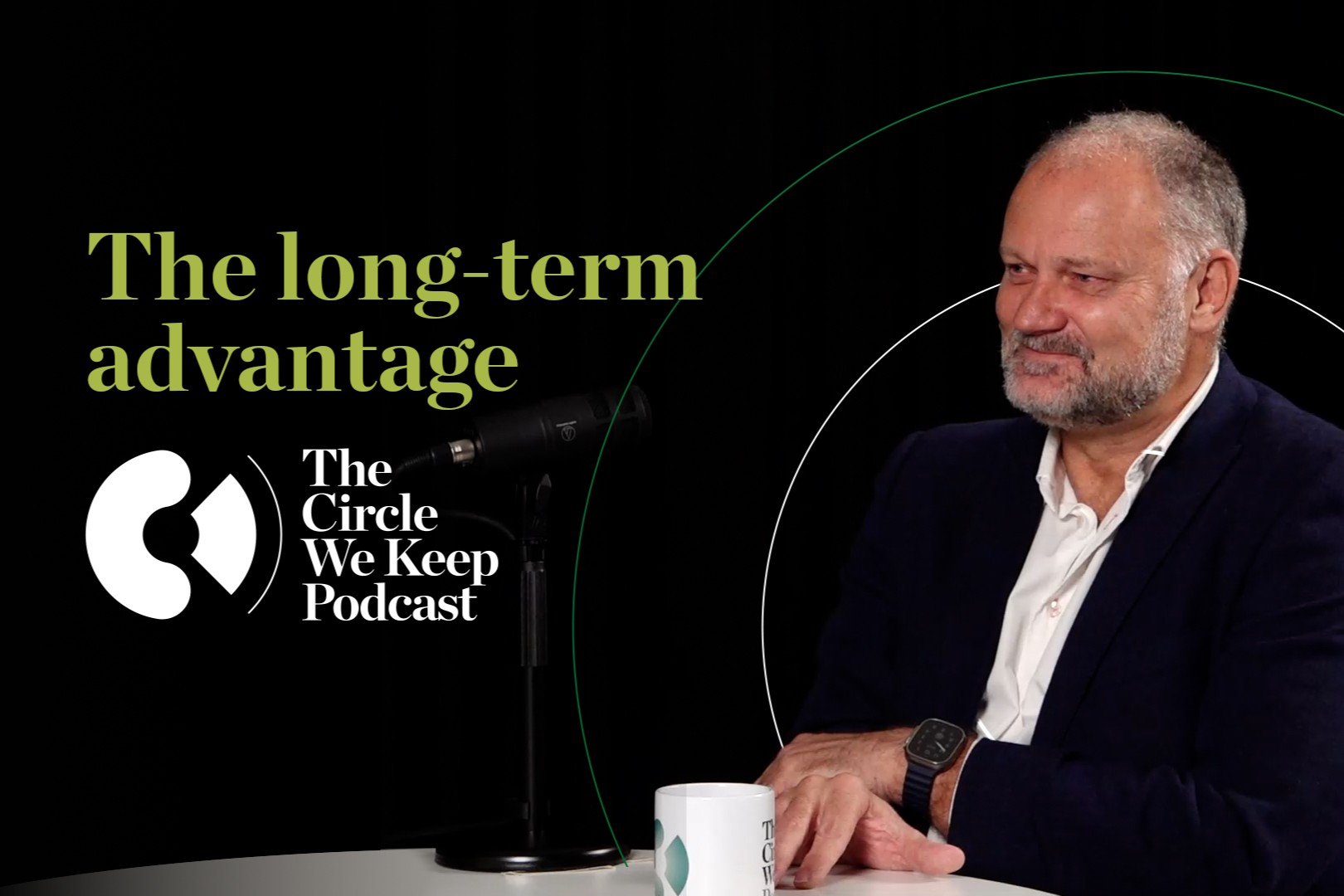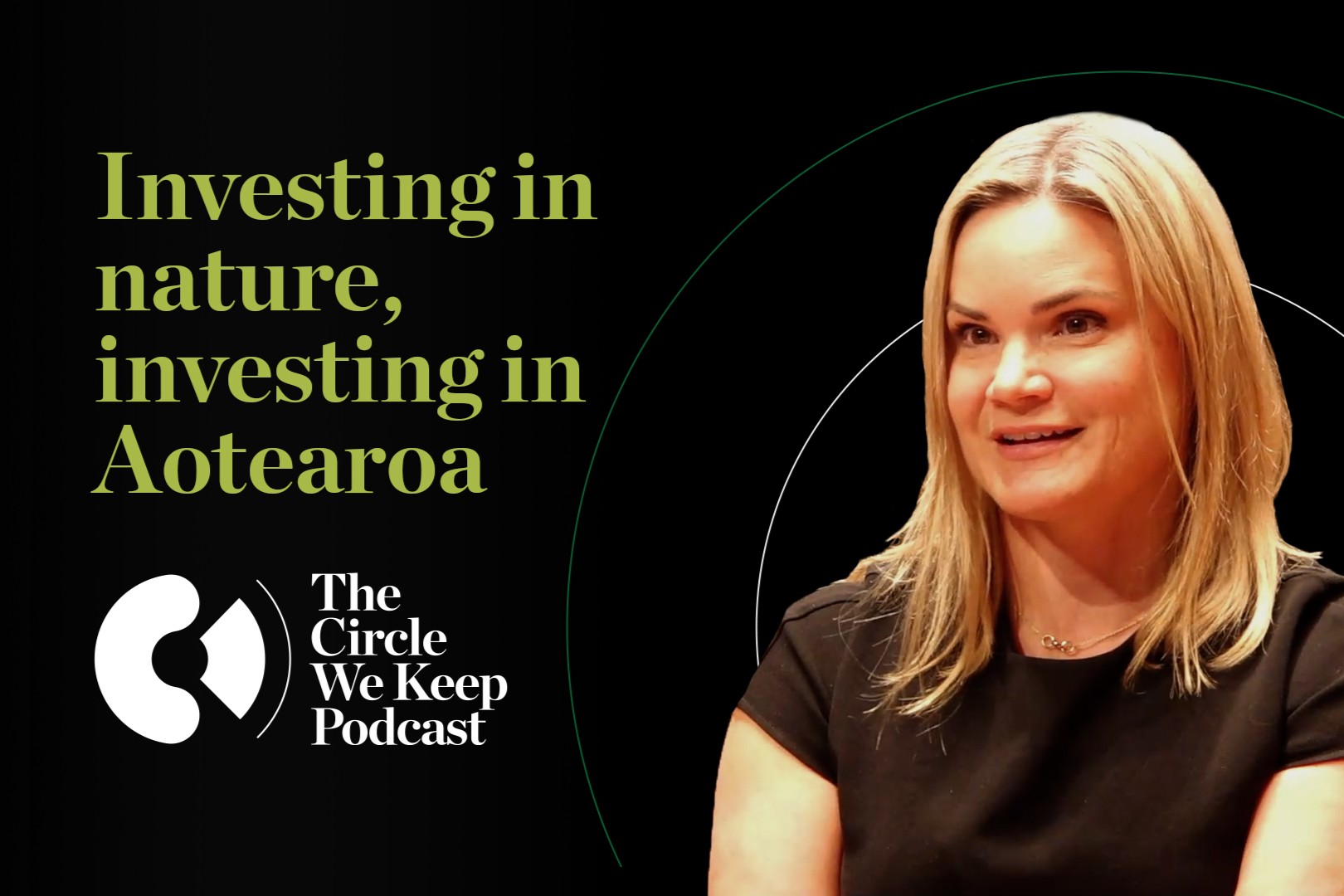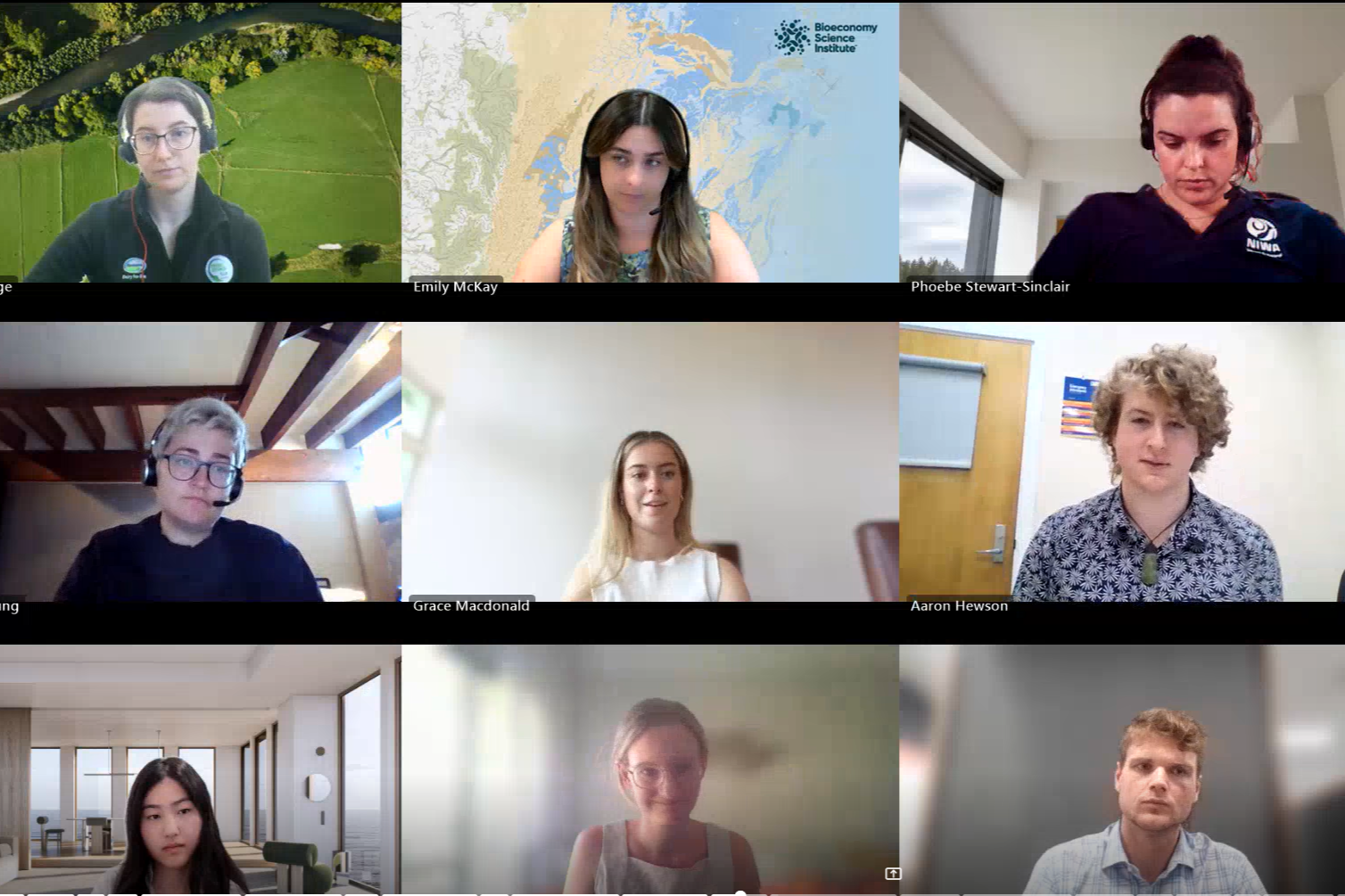Sealord CEO Doug Paulin talks frankly about the impacts his industry faces from climate change and increasing compliance costs and his biggest fear for the future. He speaks to The Aotearoa Circle’s Fiona MacMillan.
Thinking about climate and nature, what are you most afraid of? What’s the worst climate and nature scenario in your mind?
The seafood industry is the forgotten part of industry when it comes to climate change. There’s a significant focus and a lot of effort put in by both the Government and other bodies thinking about the impacts on land and then most of the rest of what we hear about climate change in relation to our EEZ [Exclusive Economic Zone] and the ocean comes from environmental groups who take the place of data and scientific information that realistically should be provided by the Government, working in conjunction with industry.
The seafood industry contributes $30 million plus in levies a year to be spent on the various initiatives that the Government requires of the fishing industry. Not a lot of that is around climate change, despite the fact that everyone says there is a significant impact of climate change happening in the oceans globally. So, we are being left to our own devices to try and come up with, as an industry, what we think the impacts are going to be, what are our responses are going to be and then trying to provide those responses through to our boards and stakeholders.
A lot of times that means that we’re developing initiatives with a lot less information than businesses that are land-based. There are challenges because it’s expensive to get data at sea. In fact, most of the data we have comes from fishing vessels. Our EEZ is massive, but we don’t really know what’s going on in a lot of it, so we’re left with extrapolative models that are incomplete or developed based on a small amount of data.
Positively, The Aotearoa Circle has commissioned two different climate scenarios about what might happen in the deepwater for the seafood industry in relation to the moana and temperatures at sea and we have been able to utilise that to think about the issues that we at Sealord need to focus on. Without that, we would have had to spend a lot of money as an organisation to get research that probably would not have been as good and potentially making decisions with less accurate data.
That work revealed some of the changes required and many are not cheap nor easy. What are your thoughts about that?
I think it’s really easy to develop what sound like great platforms for change, to mitigate and adapt to climate change. And the adaptation pathways identified all look really positive, but if there’s no way to fund them, all they become are words on a page. I think the Government needs to think about the way that it levies industry and where those levies go. And if climate change is an emergency and we have a need to change, then potentially they need to think about redirecting the money they already take off industry into those adaptation pathways, as well as investing in it themselves. Inevitably that means there are some things you can’t do but that’s the way scarce resources are for all organisations, they are by their nature scarce and prioritisation decisions have to be made.
If you have more costs than profit, then eventually you go out of business. That’s my biggest fear for the seafood industry, if all we get is increased compliance costs, increased costs to be levied against potential adaption pathways for climate change initiatives and ever-increasing costs in running our business. The result is you just can’t stay in business.
So is that your worst case scenario?
The worst scenario is that the costs of all these pathways and all these initiatives, which have got to be funded from somewhere, mean we don’t have an industry, because simply put, no one can afford to be in it, whether you’re small or large. Already we’re seeing relatively small fishers drop out of the industry - because of the cost base they either can’t make any money or it’s so little that they say it’s not worth the time and effort required to go to sea.
So, what they do is sell their quota to bigger fishing companies but at some point in time, if those companies can’t make money you cease to have an industry. That’s a big worry for me, that we don’t actually have a seafood industry in New Zealand in the long run. It’s a terrible thought and would particularly impact Māori who are heavily invested in seafood assets, which form a significant part of the returns and profits iwi use for social services back into the Rununga.
What about te ao Māori? What are the lessons for all of us regarding nature?
I think there’s one key lesson, that we can sustainably manage the moana’s ecosystem to be able to utilise those resources, to be either income generating or to provide for iwi members as well as conserve the marine environment. Te ao Māori encourages that and iwi have been doing that for generations. You know if you talk to some people they say the Government should let Māori run fisheries and manage marine conservation, and the Government could then play a smaller role in the future. That’s likely not to happen, but I do think that the te ao Māori view of the world does say you can have both utilisation of the resources and conservation of the environment at the same time. Some of the smaller environmental groups say it’s impossible to be able to sustainably manage your resources and utilise them at the same time, and that’s not a view most Māori would agree with.







